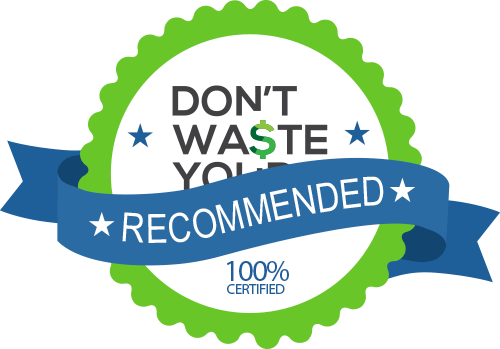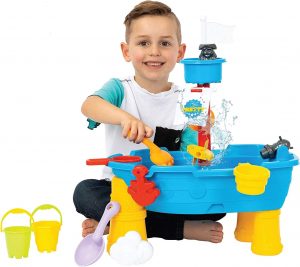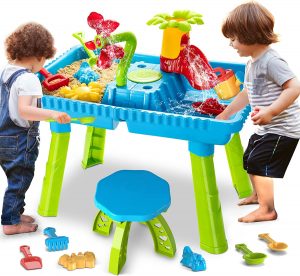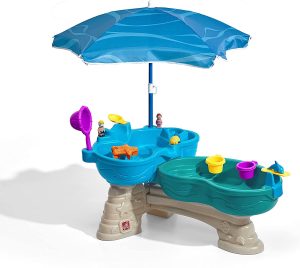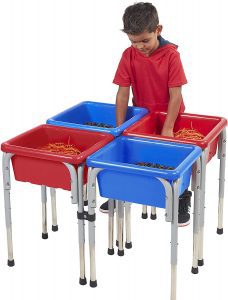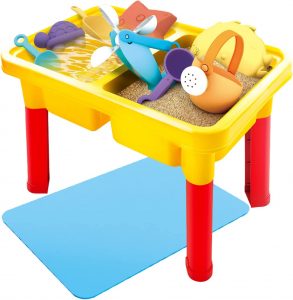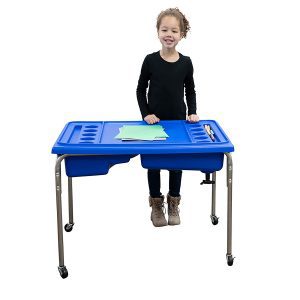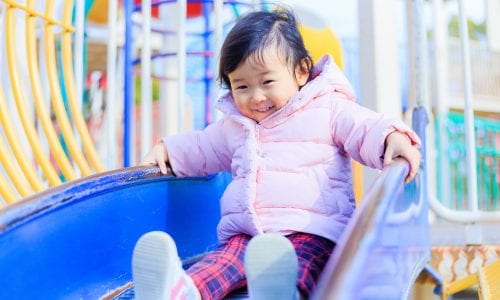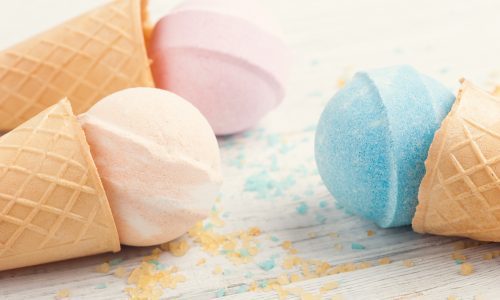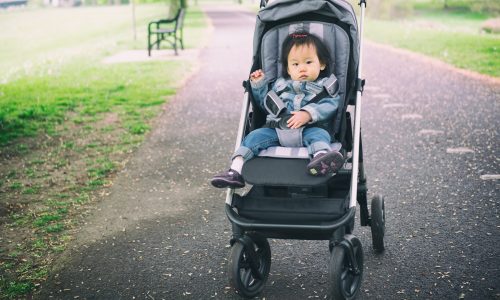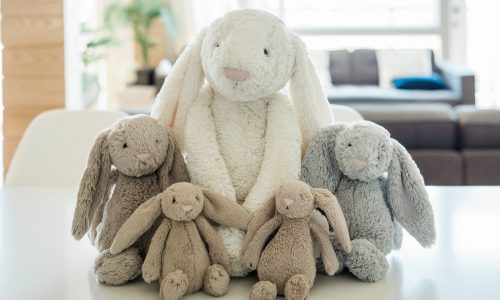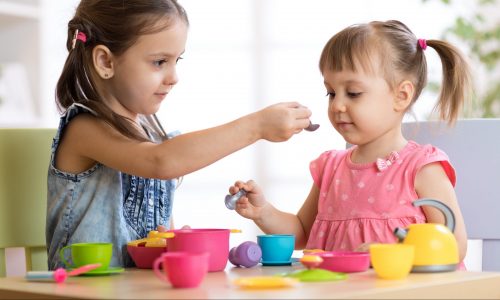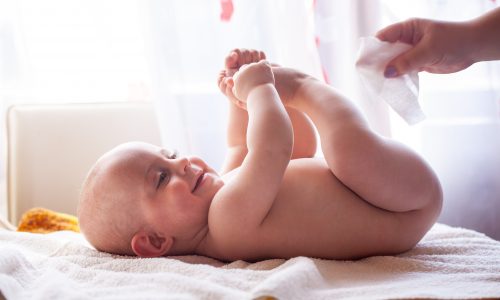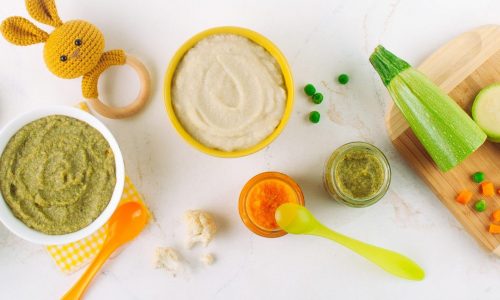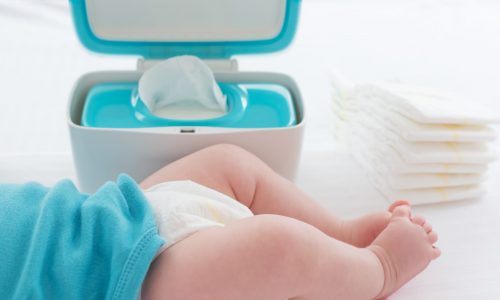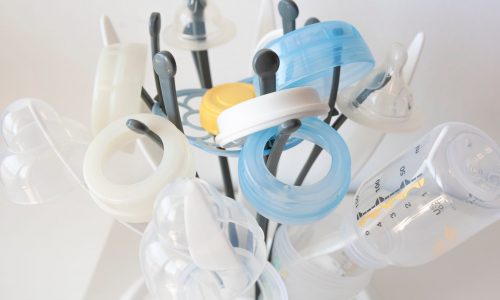The Best Sand and Water Tables for Toddlers
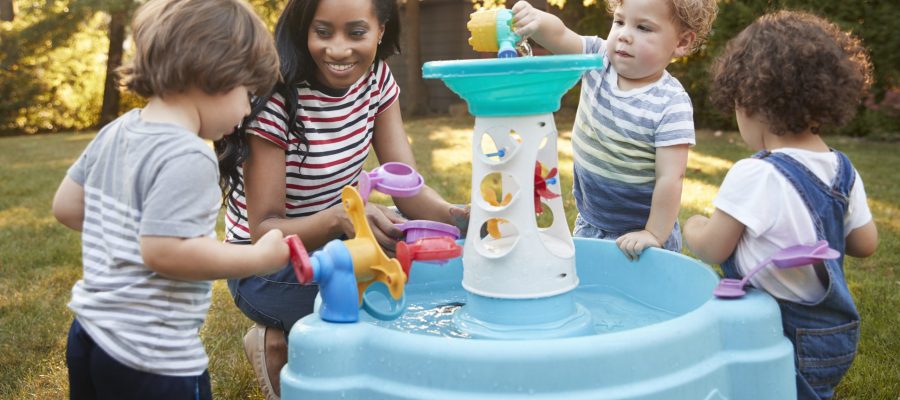
Our Review Process
Don't Waste Your Money is focused on helping you make the best purchasing decision. Our team of experts spends hundreds of hours analyzing, testing, and researching products so you don't have to. Learn more.
Our Picks For The Top Sand & Water Tables For Toddlers
- 1. ToyVelt Motor Skills Boat Sand & Water Table For Toddlers
- 2. Kidoozie Sand ‘N Splash Activity Sensory Sand & Water Table For Toddlers
- 3. TEMI 2-In-1 Non-Toxic Plastic Kid’s Sand & Water Table
- 4. Step2 Seaway Shaded Sand & Water Table For Toddlers
- 5. ECR4Kids Sensory Adjustable Sand & Water Table For Toddlers
- 6. SOWOW Compact Covered Sand & Water Table For Toddlers
- 7. Children’s Factory Neptune Double-Basin Kid’s Sand & Water Table
This sand and water table for toddlers will keep your little ones busy for hours. It includes an astounding 21 pieces that allow kids to explore nature hands-on. Fine motor skills are improved as toddlers pour water in the sprinkler or scoop sand with one of the buckets.
Brightly ColoredThis sand and water table for toddlers can be used both indoors and outdoors.
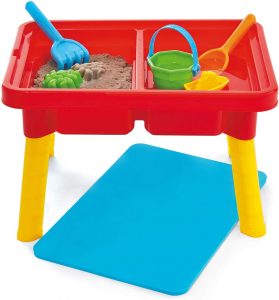
Kidoozie
Sand ‘N Splash Activity Sensory Sand & Water Table For Toddlers
If you're searching for a sensory table that can be used for everything from water play to creating art projects, then this model is your best bet. It features two sides for water and sand play, as well as a lid that doubles as a table. Included with the set are several accessories, such as a bucket, shovel and crab sand stamp.
Budget-Friendly OptionYou'll love the affordable price tag on this sand and water table for toddlers.
The two-sided design of this sensory table allows little ones to play with sand on one side and water on the other. The table can be used indoors or outdoors and comes with a total of 27 accessories. A few of these items include a watering pot, shovel, pinwheel, water tower, sand molds and a stool.
Two-In-One DesignThis kid's water table is made from a high-quality plastic that is non-toxic and free of lead and cadmium.
This large sand and water table for toddlers has a spacious design to accommodate multiple children. It has several interactive elements like figures and a diving board. The table also comes with an umbrella to protect kids from the sun.
Spacious DesignThis sand and water table is ideal for multiple children to play.
Buying Guide
Sand and water tables for toddlers and older kids are one of the most-used toys in many households. It’s hard to keep kids away from this sensory activity because there is so much for them to explore, learn and discover. Sand and water tables are an opportunity for them to get their hands dirty, enjoy themselves and learn something in the process.
MORE: The Best Kid’s Water Table
There are many benefits of playing with sand. Kids can work on their fine motor skills by learning to pick up sand using tools like shovels or cups, and pour the sand into buckets. When kids feel the sand run through their fingers, they get a new sensory experience they can explore. Plus, sand is a great way to learn about weight and gravity as well.
MORE: The Best Covered Sandbox
Similar to sand, water play has many benefits too. In addition to working on their fine motor skills, water tables help kids with spatial reasoning and cause and effect. They can see what happens when they pour water into the table from high above or when they splash water onto their clothes. Sand and water tables also help children learn parallel play, where multiple kids can play next to each other at the same time. This is how kids learn to share and communicate with other children.
Kids can also learn new vocabulary when they play at a sand and water table, such as words for temperature (hot water, cold water), texture (grainy, smooth, wet, dry) and heights (high up, low down). Not only that, they can learn the names of tools such as buckets, cups, shovels and much more.
What to Look For
- One of the most important things to look at when getting a sand and water table is size. How many kids will be playing at the table at one time? This will help you determine how big of a table you will need. For example, if you have a large family with many small children, go with a larger table than if you have one child who will be playing at the table.
- Many families have their sand and water table out in the backyard. It’s best to get one with a lid, especially for the sand side of the table. This way, animals like neighborhood cats, squirrels or raccoons won’t defecate in the sandbox and contaminate it for your child. Some sand and water tables come with lids that cover the entire open surface, some just have a lid on one side and some don’t have any covering at all.
- Playing with the sand and water on its own is fun, but it becomes even more enjoyable when kids have the right accessories. Check to see whether the sand and water table for toddlers comes with shovels, rakes, buckets, cups, strainers, spoons and other things that make playtime fun. Some also come with characters for pretend play.
- What do you get when sand and water mix? Mud. If you don’t want to get your sand and water table muddy from the get-go, set boundaries with your kids for how to play at the table. For example, don’t mix the sand with the water or only play with one side of the table at a time.
